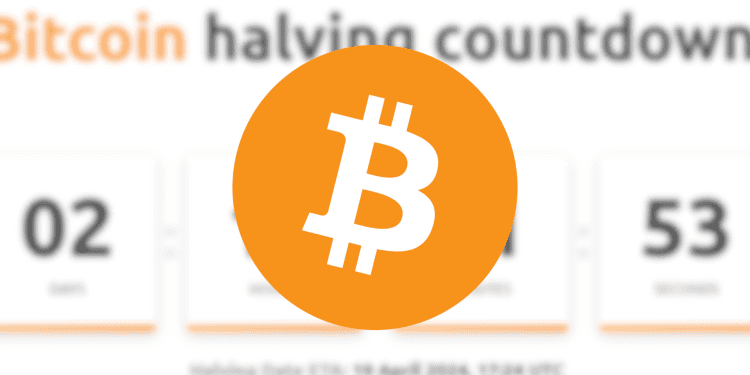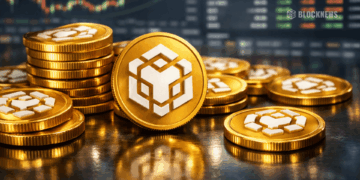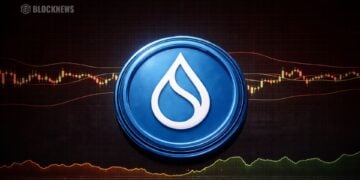- The upcoming Bitcoin halving on April 19th will reduce the cryptocurrency’s inflation rate from roughly 1.7% to 0.85%
- Historically, all previous Bitcoin halving events have eventually led to price increases for BTC
- After the halving, Bitcoin’s inflation rate is expected to drop below that of gold, strengthening its store of value proposition
The upcoming Bitcoin halving will reduce the cryptocurrency‘s inflation rate. This could strengthen Bitcoin‘s status as a store of value.
What is the Bitcoin Halving?
The Bitcoin halving is an event that occurs approximately every 4 years. It reduces the block reward miners receive for verifying transactions by 50%.
The next halving is expected to occur around April 19, 2024. This will be the fourth halving in Bitcoin’s history. It will cut the block reward from 6.25 BTC to 3.125 BTC.
How the Halving Affects Inflation
The halving effectively cuts Bitcoin’s inflation rate in half. Before the upcoming halving, the inflation rate is roughly 1.7%. After the halving, it will be around 0.85%.
This reduction in new supply, combined with steady or increasing demand, often causes the Bitcoin price to rise following halvings.
Bitcoin as a Store of Value
Many people already use Bitcoin as a hedge against inflation. This is especially true in countries experiencing hyperinflation like Argentina.
The decreased Bitcoin inflation rate after the halving will likely strengthen its status as a store of value. It will have a lower inflation rate than traditional stores of value like gold.
The Future of Bitcoin Mining
Bitcoin’s code specifies there will only ever be 21 million BTC. Around 19.7 million have already been mined.
The last Bitcoin block reward could come around 2140. At that point, transaction fees may fully sustain Bitcoin mining incentives.
Conclusion
The upcoming Bitcoin halving will make the cryptocurrency more scarce. This scarcity combined with Bitcoin’s fixed supply should enhance its status as an inflation hedge and store of value.














